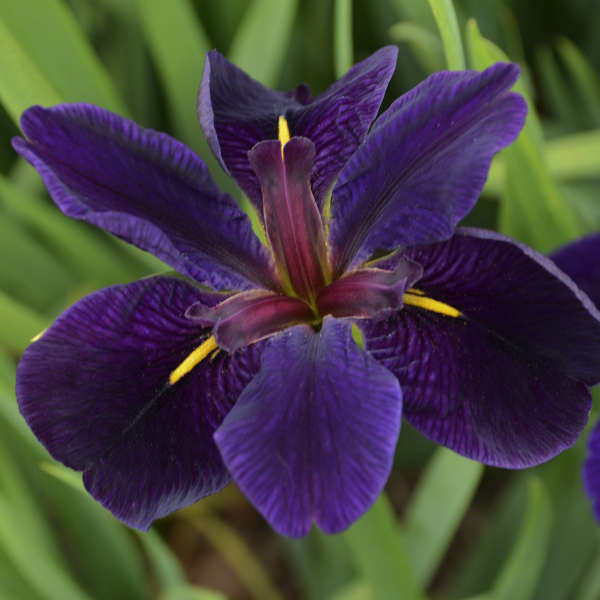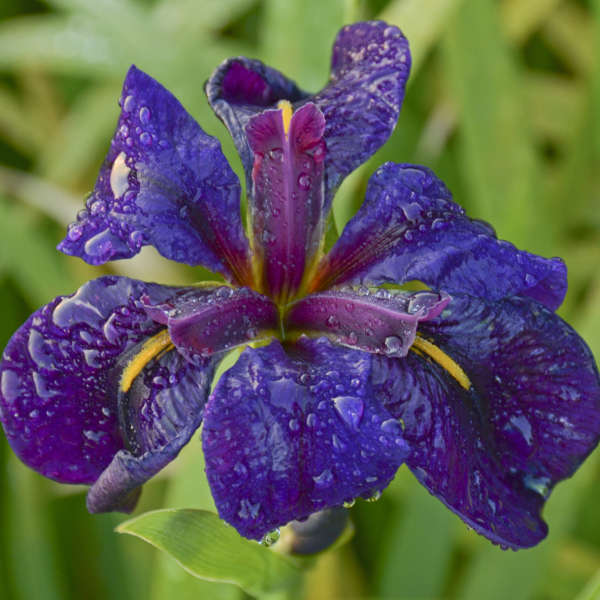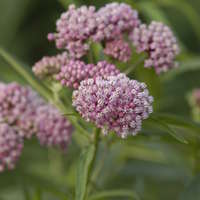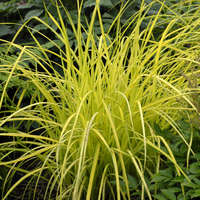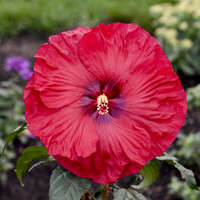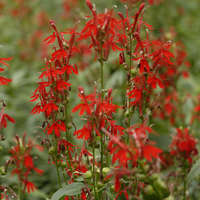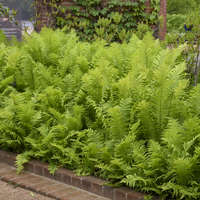Iris 'Black Gamecock'
Common Name: Louisiana Iris
If you’re new to Louisiana Irises, this is the right place to start! You can’t go wrong with this top award winner. It is known for having “outrageous vigor”, multiplying quickly when sited properly in consistently moist to boggy soil or shallow water.
Blooming reliably each year, huge 4-6” blossoms open flat to display their regal velvety deep purple flowers with the narrowest gold signal on each petal. The bloom time varies by climate, but typically ranges from late spring into midsummer. This is certainly one of the most beautiful of all native cultivars!
Louisiana Irises typically bloom after both Siberian and Tall Bearded Irises have finished blooming for the season.

